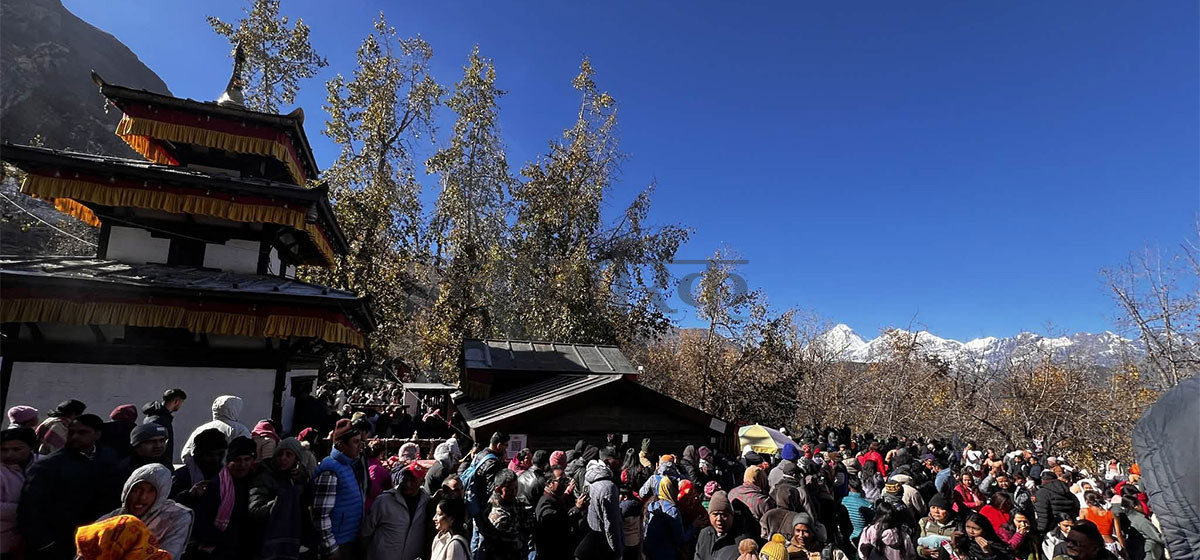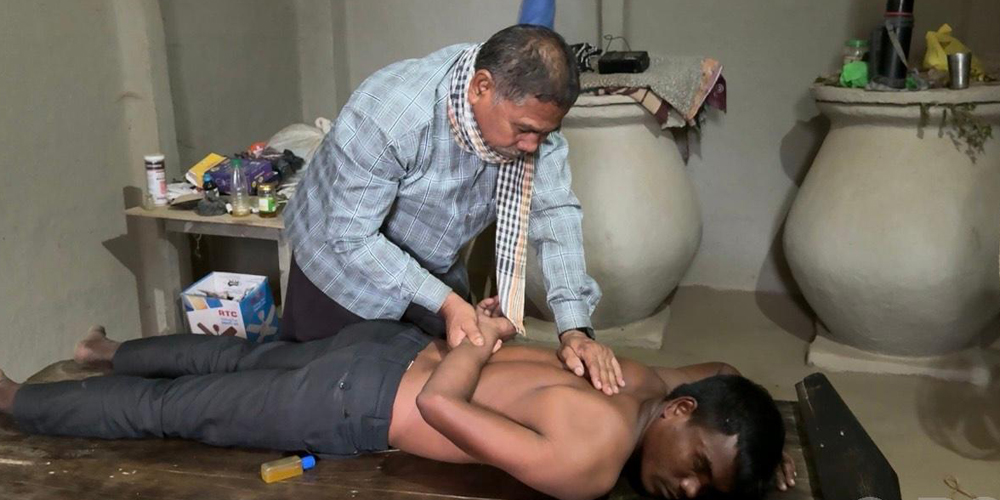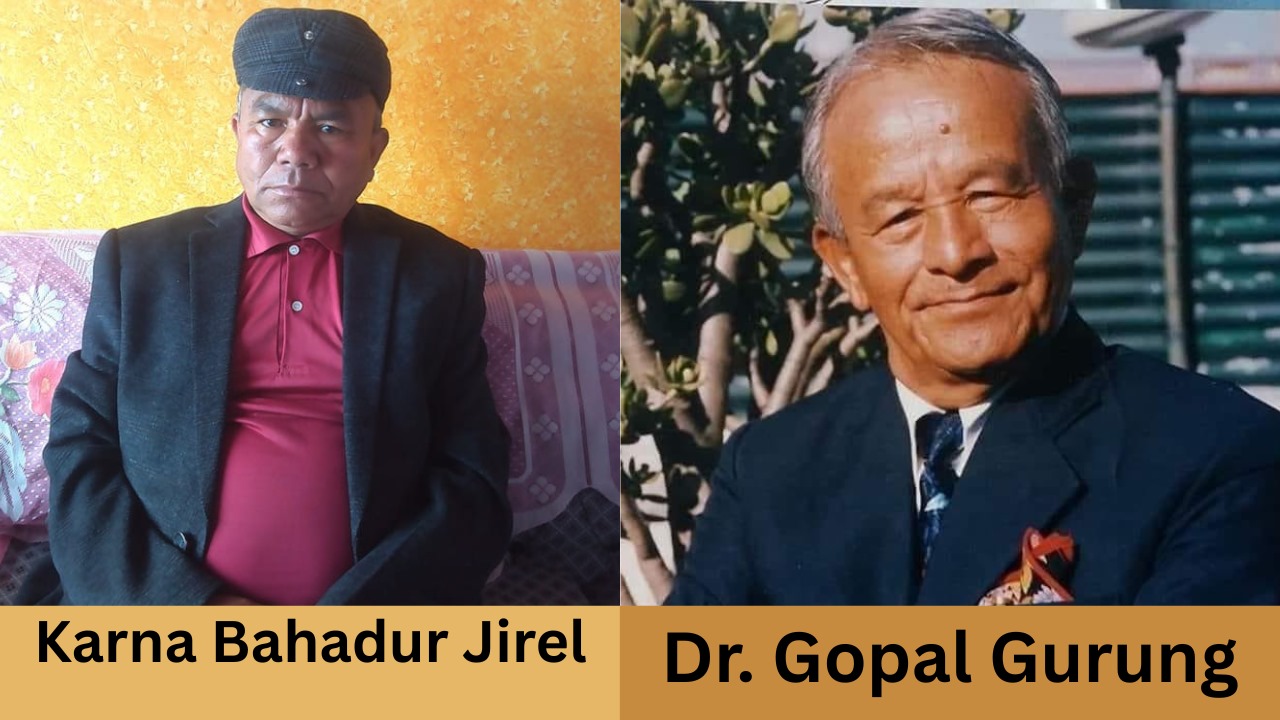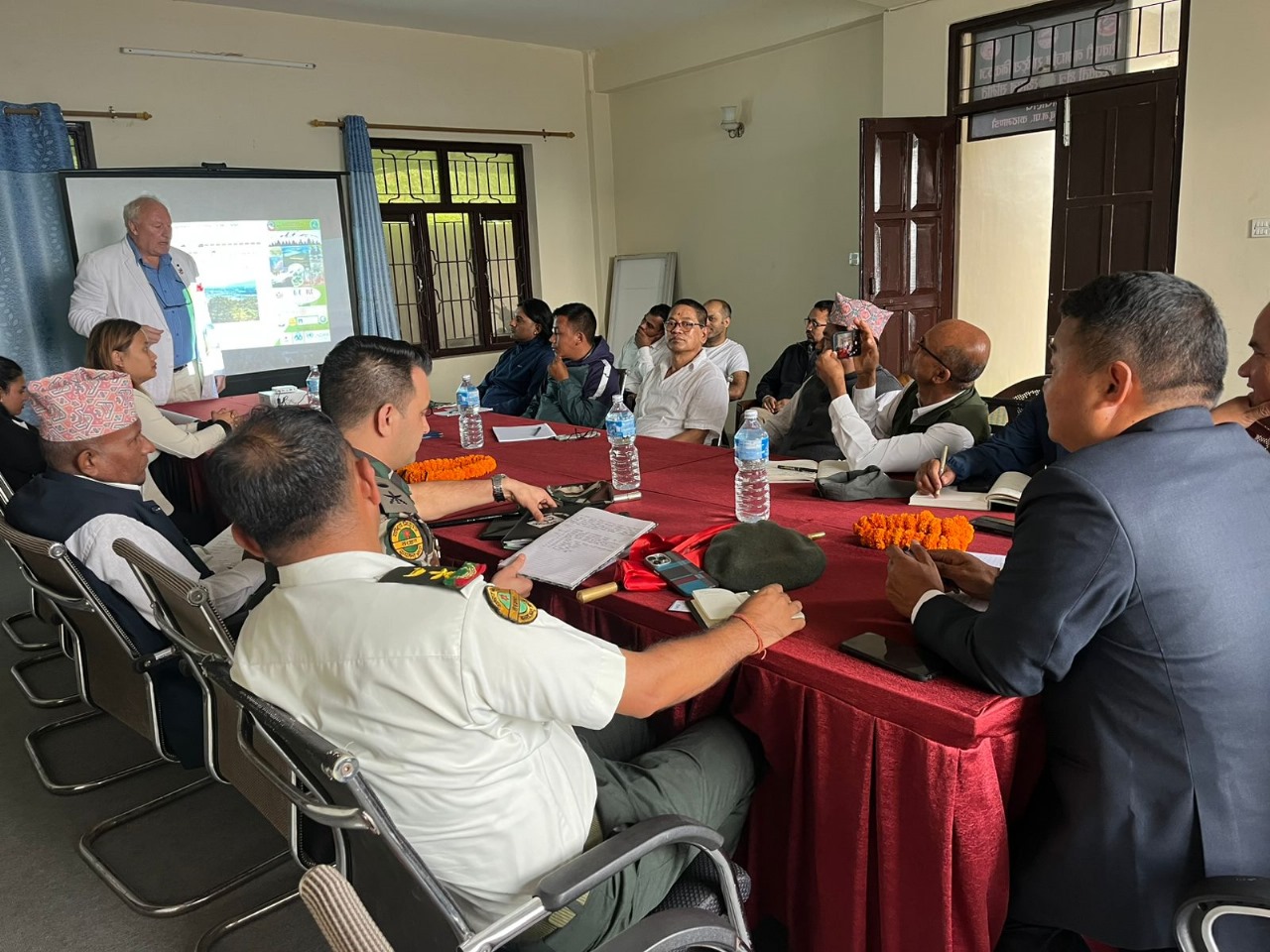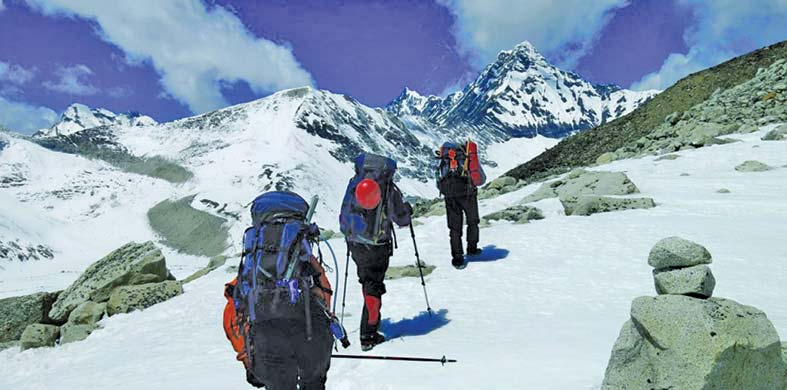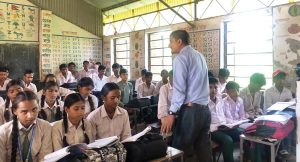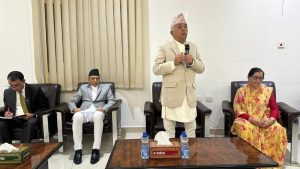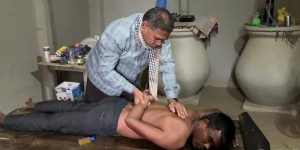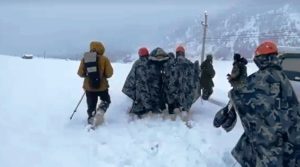Mustang, 26 Oct: Right after the Bhai Tika celebration of the Tihar festival, the Himalayan district of Mustang experienced an unexpected surge of tourists, overwhelming local tourism management. Like a monsoon flood, visitors poured into the region all at once, creating chaos in transportation, accommodation, and overall logistics.
In previous years, internal tourism during festivals like Dashain, Tihar, and Chhath had been significant, but local entrepreneurs this year had assumed otherwise due to the Gen-Z movement, political unrest, and unfavorable weather conditions. They predicted low tourist activity, as Nepal’s economic slowdown had reduced people’s ability to spend on leisure travel. However, their predictions were proven wrong. Starting Friday after Bhai Tika, thousands of domestic tourists flocked to Mustang, with the rush continuing into the weekend.
This was not a flood caused by melting glaciers or monsoon rain — it was a “tourism flood” brought by road development and media exposure. International publications listing Mustang among must-visit destinations gave the district newfound global attention.
The construction of the Beni–Jomsom–Korala national pride road project — now mostly blacktopped from Myagdi to Muktinath and gravelled further up to Korala — has made travel to Mustang much easier. Nearly all river crossings now have bridges, allowing smooth access from Pokhara and Kathmandu. The rapid progress of this north–south route has turned Mustang into a prime domestic travel destination during major festivals.
However, the massive crowd after Bhai Tika caused long traffic jams from Beni to Jomsom, forcing security officials to work overtime to manage vehicles and ensure safety. According to Mustang Police, more than 8,000 tourists entered the district within a very short time — the highest number recorded so far.
Accommodation Crisis: “Money in Pocket, But No Room to Sleep”
As tourists poured in simultaneously, hotels from Kusma in Parbat district to the Korala border were completely packed. About 99% of visitors were domestic, while only 1% were foreign.
Some travelers had booked hotels in advance, but many arrived without reservations, causing serious accommodation shortages. Raju Prasad Lalchan, president of the Mustang Chamber of Commerce and Industry, said most hotels were full from early morning after Tihar. Tourists who hadn’t pre-booked were left wandering in search of a place to sleep.
For example, a team of four riders led by Man Shrestha from Kathmandu arrived in Jomsom at 10 a.m. on Saturday but couldn’t find a single vacant room, even after checking hotels in Jomsom, Kagbeni, and Marpha. Local journalist Manita Thakali eventually helped them secure a modest hotel after posting a plea on social media.
A group of 40 students from Pokhara also faced a similar ordeal when they couldn’t find a place to stay in Jomsom. Some tourists spent the night inside their vehicles. DSP Chhiring Kippa Lama of the Mustang Police confirmed that due to the lack of accommodation, authorities had to place tourists in community buildings, monasteries, and homestays.
One group traveling to Upper Mustang was sheltered in a women’s community building in Lo Manthang, while another group stranded due to a vehicle breakdown in Chhusang village was taken into local homes.
The police have since advised all travelers to book hotels in advance when visiting Mustang during festivals like Dashain, Tihar, and Chhath to avoid such difficulties and prevent exploitation by brokers. Some hotels reportedly took advantage of the situation, charging exorbitant rates for food and lodging.
The Mustang Chamber of Commerce has urged hoteliers to maintain fair pricing and not tarnish the district’s reputation. Since the area’s 325 hotels cannot accommodate massive crowds during festivals, authorities have suggested using community halls and public buildings as temporary lodging alternatives.
Religious Sites, Health Issues, and Sustainable Tourism
Mustang is not only a scenic Himalayan region but also a sacred pilgrimage site. The Muktinath Temple remains the primary attraction, followed by other destinations such as Korala Pass, Lo Manthang Palace, Chhoser Caves, Charang and Marang Monasteries, Kagbeni Village, Dhumba Lake, and Marpha. Each year, over 800,000 domestic and 150,000 international tourists visit Mustang.
Despite the challenges, the flow of visitors has not stopped. Police continue to deploy personnel along the Myagdi–Mustang border to register incoming tourists. According to staff member Rabin Subedi, the number of pilgrims visiting Muktinath remains very high.
This year’s visitors included students, young professionals, government employees, bank workers, and Nepalis returning from abroad for the festive season. However, the cold Mustang weather led to an increase in minor illnesses among tourists. Dr. Samiksha Kandel, Medical Superintendent at the Provincial Hospital in Mustang, reported that about 2,000 tourists received medical attention after Tihar, though no fatalities occurred.
The recent influx has highlighted both the opportunities and the weaknesses of Mustang’s tourism infrastructure. While road access and global recognition have boosted its appeal, sustainable management — including accommodation planning, fair pricing, and emergency preparedness — remains essential to preserve Mustang’s reputation as one of Nepal’s most extraordinary travel destinations.


